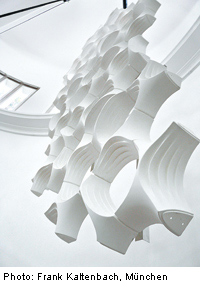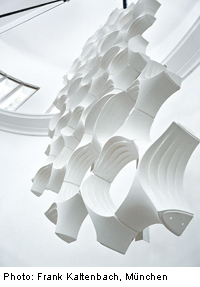Titanium Dioxide Photo-catalysis and its Applications in Architecture

Photocatalysis is a well-established chemical process: chemical reactions are induced by sunlight in the presence of a catalyst. Titanium dioxide (TiO2), which is very common as the pigment called titanium white, is a particularly efficient photocatalyst. If TiO2 is exposed to UV light, organic pollutants or contaminants adsorbed on the surface can be decomposed by means of redox reactions (oxidation and/or reduction reactions) taking place. A second important property of titanium dioxide surfaces is called superhydrophilicity. The surface structure of TiO2 changes under UV light, resulting in a significant reduction in the contact angle. A self-cleaning effect is achieved by the combination of an almost complete wetting of the surface with the photo-induced redox capacity. In Japan, TiO2 photocatalysis has been used commercially since the mid-90s. Products with photocatalytic and self-cleaning properties are increasingly becoming established on the European market. The article explains the structure of functional surfaces, the basics of TiO2 photocatalysis and the various applications of titanium dioxide in the building industry, as well as describing products available on the market.
